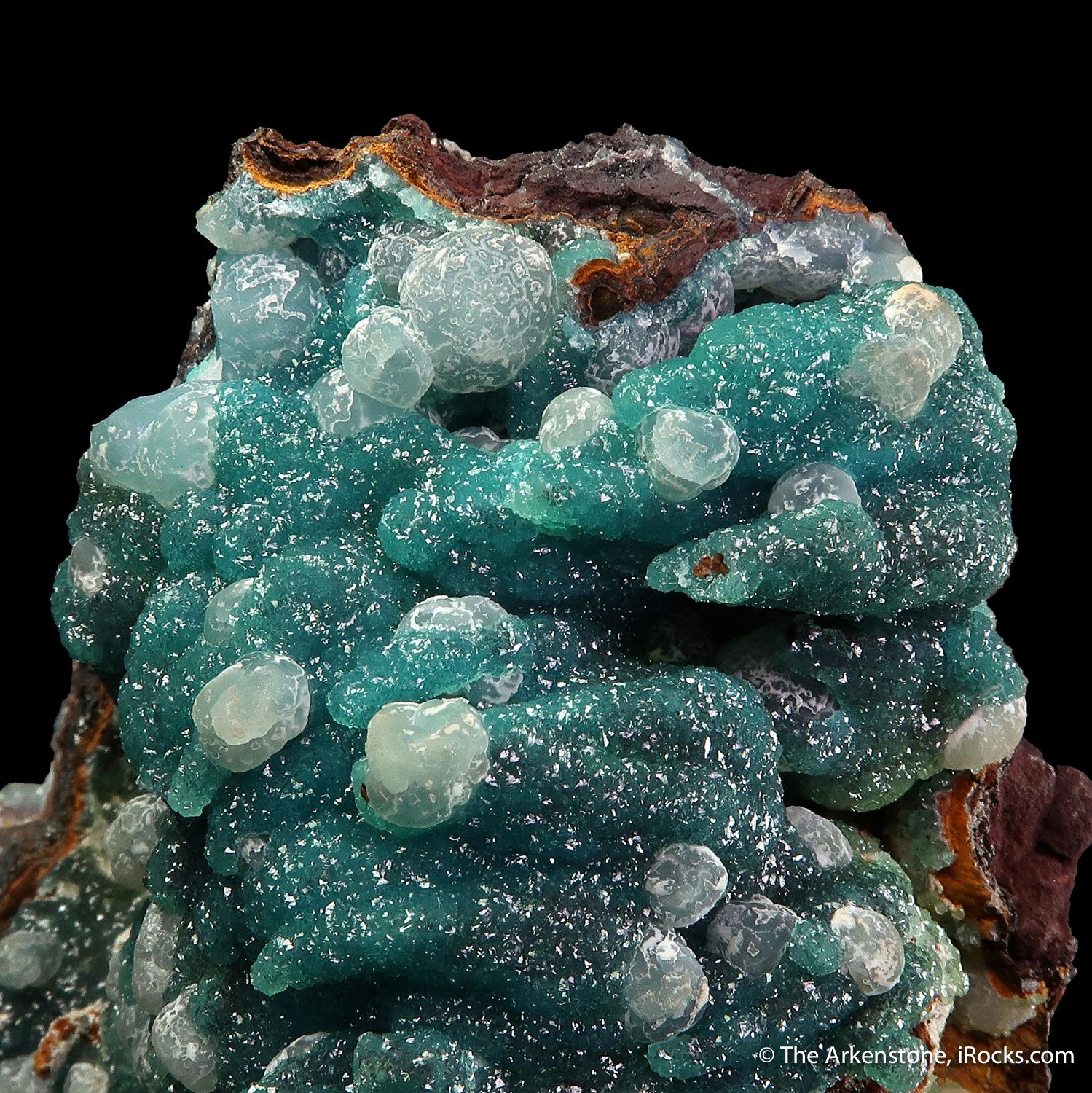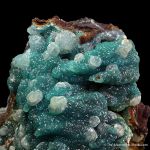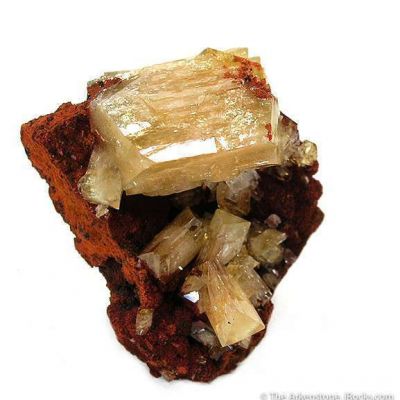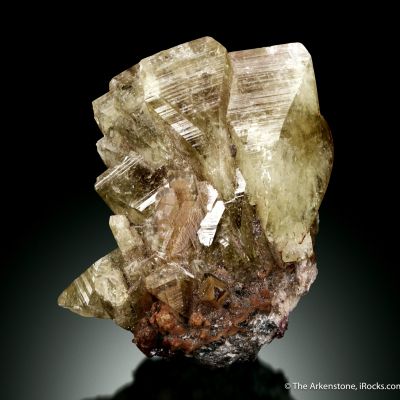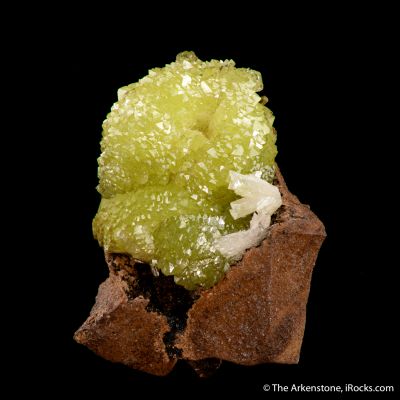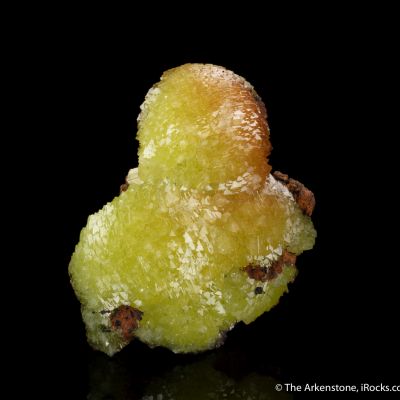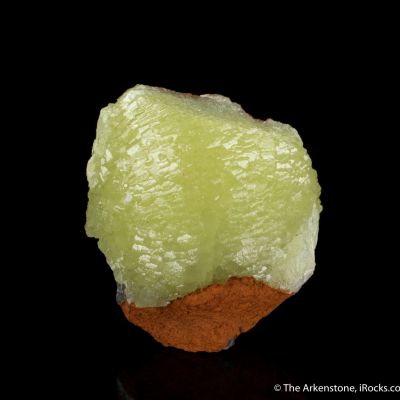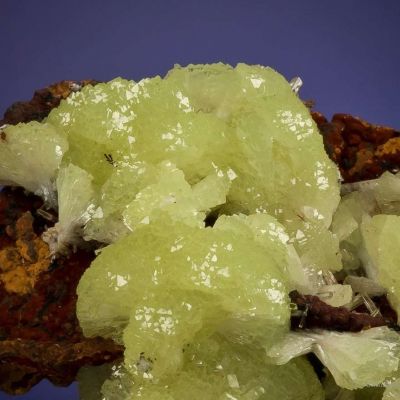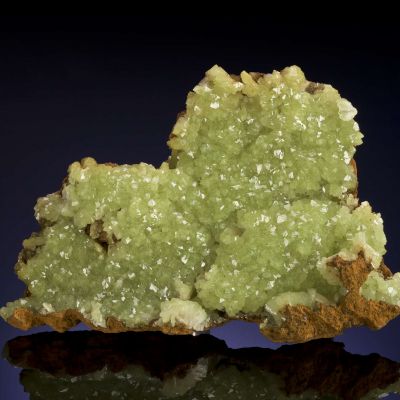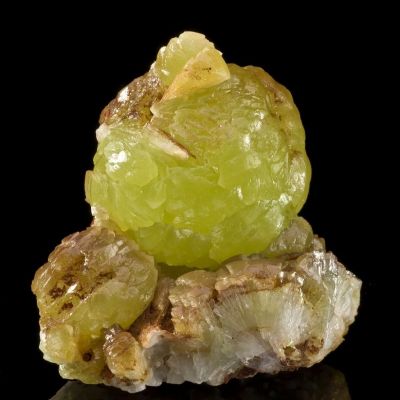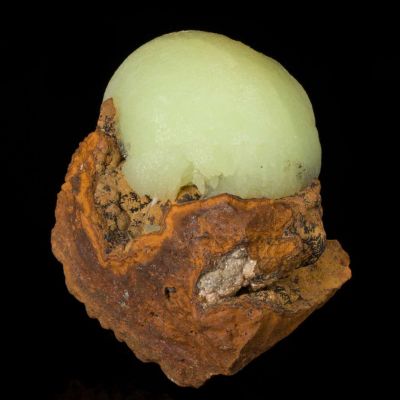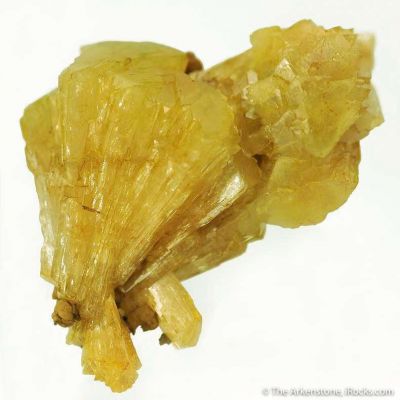- CSG-35
- Adamite (var. cuprian and REE) with Smithsonite
- Hilarion Mine, Lavrion, Lavreotiki, Attica, Greece
- Large Cabinet, 16.2 x 13.4 x 8.7 cm
- Ex. Christos Spiromitros
- $9,000.00 Payment Plan Available
Beautiful, scintillating, sugary Adamite opulently covers much of this huge matrix specimen from the well-known Hilarion Mine. The layer of Adamite presents itself as small rounded clusters, and the luster is so good that the piece glistens as if it were wet. Adding a very nice complement to the Adamite is exposed, botryoidal, light-blue Smithsonite in balls and growths under and around the Adamite. The color palette alternates based on whether the Adamite is over the Smithsonite or not, and how thick it is, creating a sugary landscape. The frosted surface and light color create an attractive aesthetic against the Adamite. Collected in 2014, this was said to be one of the largest examples recovered in good condition. It is a completely unique find here, as the species are nearly always found separately! This is large, dramatic, beautiful, and significant. Again, we normally do not find Adamite on Smithsonite, even from Tsumeb or Mexico - they tend to form apart for whatever reasons. Note from our source, who sold these to us previously while keeping the best in his private collection until now: The color seems to be due to an additional small concentration of REE elements present, that boost the coloration of cuprian adamite alone. These sparkling, really unique pieces came from a single find in late 2014, and have now been definitively analyzed by a University in Thessaloniki (the SEM results and photos are available upon request). These were initially thought to be aluminum-enhanced, but the results are otherwise. Firstly, there was no aluminum at all. However, we found REE(!!!) in both the green and blue Adamite. Both Adamites had Cu, the blue is Cuprian +REE and the green is slightly Cuprian +REE. Cs, Ce and Dy (Cesium, Cerium & Dysprosium) were the REE (Rare Earth Elements) we traced. Particularly, the highest amount of Dy in the green material was 1.02% with the Cu not surpassing 1%. The blue material had both Cs & Ce (maximum Cs was 0.88% in some cases if I recall correctly, and maximum Ce around 0.7% in other areas of the same specimen) and maximum Cu-content was around 2%.(ranging from 0.6% to 2.2% on the same specimen!). I just spoke with a few contacts of mine in other universities and told me that this really very interesting and rare, especially with the specific REE we traced. It makes sense, because the host rock is REE-rich. I have to note that there is no research that proves the color is because of any other elements other than Copper but I observe the correlation of a unique color to the REE content.
